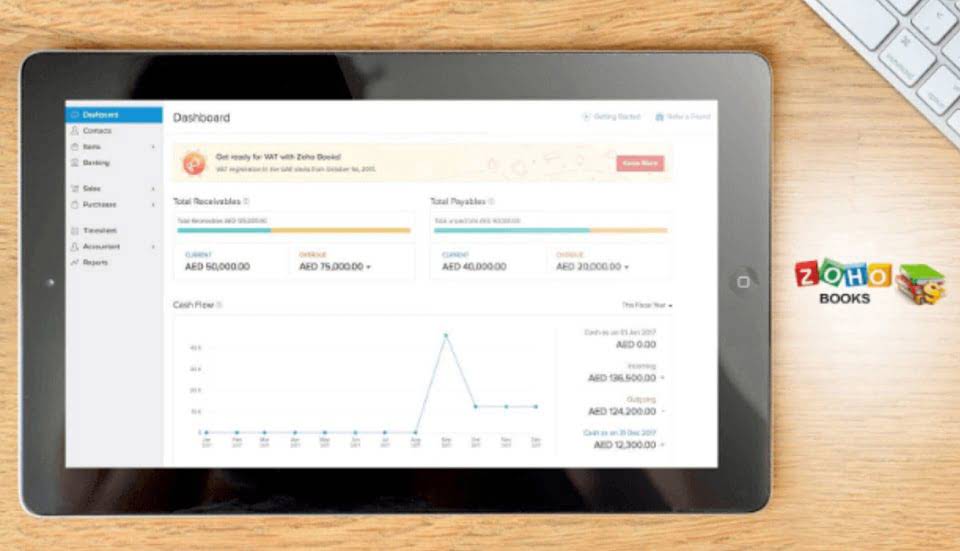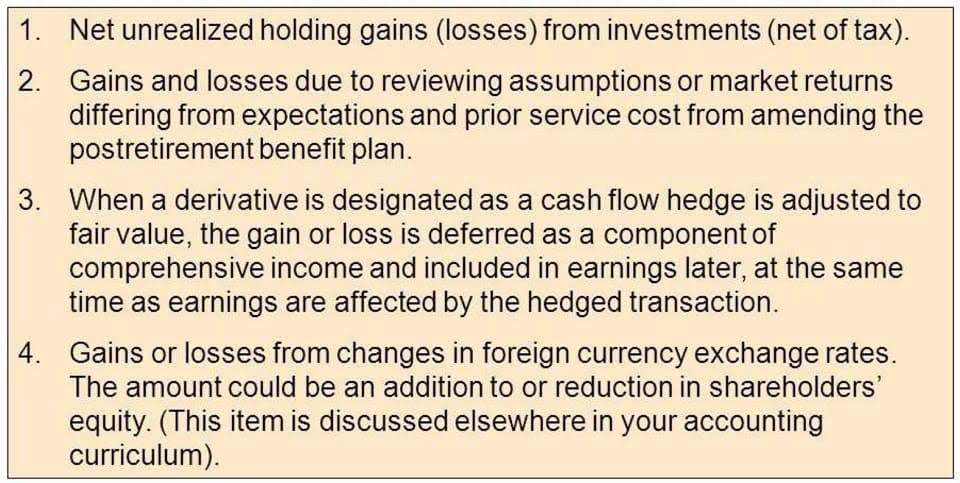Debt To Assets Ratio, Meaning, Formula, Examples

Companies with high debt ratios might be viewed as having higher financial risk, potentially impacting their credit ratings or borrowing costs. As businesses mature and generate steady cash flows, they might reduce their reliance on borrowed funds, thereby decreasing their debt ratios. The debt-to-total-assets ratio is important for companies and creditors because it shows how financially stable a company is. It simply means that the company has decided to prioritize raising money by issuing stock to investors instead of taking out loans at a bank. While a lower calculation means a company avoids paying as much interest, it also means owners retain less residual profits because shareholders may be entitled to a portion of the company’s earnings. For example, in the example above, say XYZ reported $2.9 billion in intangible Accounting For Architects assets, $1.3 billion in PPE, and $1.04 billion in goodwill as part of its total $20.9 billion of assets.
- Companies with high debt ratios might be viewed as having higher financial risk, potentially impacting their credit ratings or borrowing costs.
- He currently researches and teaches economic sociology and the social studies of finance at the Hebrew University in Jerusalem.
- Overall, the Debt to Asset Ratio is an invaluable tool for assessing a company’s financial health and risk profile.
- The debt to asset ratio is often presented as decimal but can be presented as a percentage as well.
- The debt-to-total-asset ratio changes over time based on changes in either liabilities or assets.
- Highly leveraged companies may be putting themselves at risk of insolvency or bankruptcy depending upon the type of company and industry.
Why does debt to asset ratio decrease?
- Your business therefore has very little wiggle room or buffer to prevent defaulting on debt payments, which could easily happen if it were to, for instance, experience a decline in sales.
- Should all of its debts be called immediately by lenders, the company would be unable to pay all its debt, even if the total debt-to-total assets ratio indicates it might be able to.
- Both investors and creditors use this figure to make decisions about the company.
- This can include long-term obligations, such as mortgages or other loans, and short-term debt like revolving credit lines and accounts payable.
- However, if creditors and investors don’t take any of these ratios into account, they wouldn’t know if a company can pay off its debts in time.
- A high debt-to-asset ratio means a higher financial risk but, in a case of a flourishing economy, a higher equity return.
As with all other ratios, the trend of the total debt-to-total assets ratio should be evaluated over time. For example, a trend of increasing leverage use might indicate that a business is unwilling or unable to pay down its debt, which could signify issues in the future. The debt to asset ratio is calculated by dividing a company’s total liabilities by its total assets. Debt ratio is a metric that measures a bookkeeping company’s total debt, as a percentage of its total assets. A high debt ratio indicates that a company is highly leveraged, and may have borrowed more money than it can easily pay back. Investors and accountants use debt ratios to assess the risk that a company is likely to default on its obligations.
What is your current financial priority?
The debt to asset ratio indicates how much a company is leveraged and how likely it is to be able to repay its debts in the future. The debt to asset ratio is often presented as decimal but can be presented as a percentage as well. Investors and creditors are generally looking for companies that have less than 0.5 of the debt to asset ratio. To get a more comprehensive result, you can also compare the ratio in multiple periods to check for stability. In other words, investors often try to assess if the value of investments to the company—usually in the form of stocks—will potentially go up or go down in the long run.
- The debt ratio is a measurement of how much of a company’s assets are financed by debt; in other words, its financial leverage.
- To illustrate, suppose the company had assets of $2 million and liabilities of $1.2 million.
- Depending on averages for the industry, there could be a higher risk of investing in that company compared to another.
- Companies that have taken on too much debt, and in turn have high debt to asset ratios, may find themselves weighed down by the burden of their interest and principal payments.
- The debt to total assets ratio is a key financial KPI that can provide you with the answer.
- But why is this ratio so critical, and how can it impact the decisions of investors, creditors, and business owners?
Is a Low Total Debt-to-Total Asset Ratio Good?
The most obvious flaw is that intangible assets aren’t included in debt to asset ratio the total assets. For example, intellectual property usually won’t appear (or will be improperly presented) on the balance sheet since it has no defined value. To increase accuracy, you can evaluate the ratio at different times to follow its change. For total assets, you can also get the number by summing the company’s equity and total liabilities.

A higher debt-to-total-assets ratio indicates that there are higher risks involved because the company will have difficulty repaying creditors. For example, imagine an industry where the debt ratio average is 25%—if a business in that industry carries 50%, it might be too high, but it depends on many factors that must be considered. Debt servicing payments have to be made under all circumstances, otherwise, the company would breach its debt covenants and run the risk of being forced into bankruptcy by creditors. While other liabilities such as accounts payable and long-term leases, can be negotiated to some extent, there is very little “wiggle room” with debt covenants.
Ability to Meet Debts
Remember, the total assets figure can include tangible assets like property, plant and equipment, as well as intangible assets like intellectual property or goodwill. These liabilities can also impact a company’s financial health, but they aren’t considered within the traditional debt ratio framework. For instance, capital-intensive industries such as utilities or manufacturing might naturally have higher debt ratios due to significant infrastructure and machinery investments. The debt-to-equity ratio, often used in conjunction with the debt ratio, compares a company’s total debt to its total equity. In the context of the debt ratio, total assets serve as an indicator of a company’s overall resources that could be utilized to repay its debt, if necessary. It’s also important to understand the size, industry, and goals of each company to interpret their total debt-to-total assets.

In contrast, industries like technology, which rely more on intellectual property and less on physical assets, may have lower ratios. This means that your business’s debt to total assets ratio is 0.72, which generally speaking indicates a healthy amount of debt. Next, take a look at your balance sheet again to see your business’s total debt figure, which should include both short-term and long-term debt obligations. To find a business’s debt ratio, divide the total debts of the business by the total assets of the business.
Ready to Level Up Your Career?

The debt ratio is defined as the ratio of total debt to total assets, expressed as a decimal or percentage. It can be interpreted as the proportion of a company’s assets that are financed by debt. It involves both short and long-term debt which are compared with the total assets. A company with a high ratio has high risk or leverage and, thus, is not considered financially very flexible. This is because it is dependent on creditors to finance its operations and may end up paying very high amount of interests on loan that will erode its profits. On the other hand, it will have less fund to meet its day to day operations, hindering its growth and expansion.

ABC is no longer a start-up, for example; it is an established company with proven revenue models that make it easier to attract investors. Debt servicing payments must be made under all circumstances, otherwise, the company would breach its debt covenants and run the risk of being forced into bankruptcy by creditors. While other liabilities, such as accounts payable and long-term leases, can be negotiated to some extent, there is very little “wiggle room” with debt covenants.
